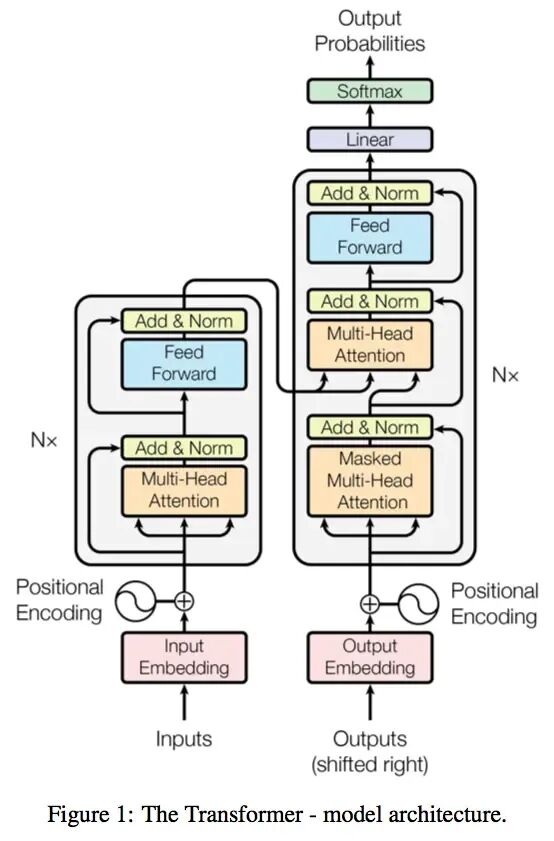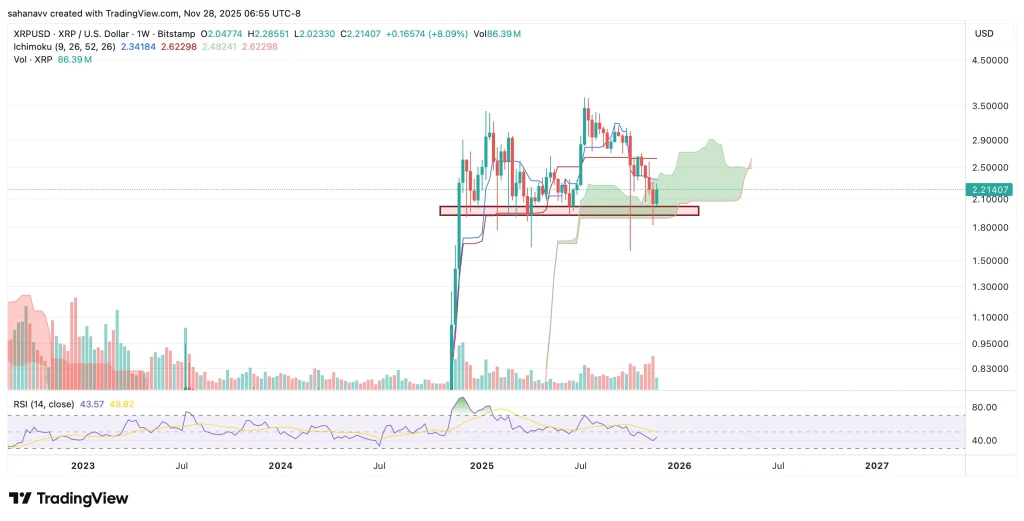In the dynamic world of cryptocurrency, every significant movement of digital assets can spark curiosity and speculation. Recently, a notable event caught the attention of the crypto community: a substantial Ethereum Foundation transfer. This internal movement of 1,000 ETH, valued at approximately $3.88 million, to an anonymous address has raised questions and highlighted the fascinating intricacies of blockchain transparency and operational management within major crypto entities. What does such a transfer signify, and why is it important to understand these movements?
What Exactly Happened with the Ethereum Foundation Transfer?
According to PeckShieldAlert, a prominent blockchain security and analytics firm, the Ethereum Foundation transfer involved 1,000 ETH, equating to $3.88 million at the time of the transaction. This significant sum was moved from a known Ethereum Foundation wallet to an address beginning with 0xbC9a. While the recipient address is anonymous in terms of real-world identity, its on-chain activity is fully transparent for anyone to observe. Currently, this specific address holds a total of 2,700 ETH, valued at around $10.6 million, indicating it’s a significant holding or operational wallet.
Such transfers, while often routine for large organizations, are closely monitored by the community and analytics firms. The ability to track these movements on a public ledger like Ethereum is a core tenet of blockchain technology, offering unparalleled transparency even when the parties involved remain pseudonymous.
Why Do Large ETH Transfers Occur? Unveiling the Motives
When a major entity like the Ethereum Foundation conducts a substantial Ethereum Foundation transfer, it’s natural to wonder about the underlying reasons. While the immediate instinct might be to assume market-moving intentions, internal transfers are typically part of standard operational procedures rather than direct market signals. Here are some common reasons for such large movements:
- Operational Funding: The Ethereum Foundation funds various development projects, research initiatives, and community grants. Transfers might be made to operational wallets to cover upcoming expenses, salaries, or specific project milestones.
- Treasury Management: Like any large organization, the Foundation manages its treasury. This can involve rebalancing assets, moving funds to different cold storage solutions for enhanced security, or preparing funds for diversification.
- Grant Distributions: The Foundation regularly allocates grants to developers and researchers working on the Ethereum ecosystem. Funds might be moved to facilitate these distributions.
- Security Enhancements: Shifting funds between different wallet types (e.g., from hot wallets to colder, more secure storage, or vice versa for liquidity) is a common security practice.
- Exchange Interactions: While less likely for an ‘internal’ transfer to an anonymous address, sometimes funds are moved to or from exchanges for liquidity or specific strategic purposes, though this usually involves known exchange addresses.
Understanding these potential motives helps contextualize the Ethereum Foundation transfer, moving beyond mere speculation to a more informed perspective on blockchain operations.
The Ethereum Foundation’s Role: Guardians of the Ecosystem?
The Ethereum Foundation (EF) is a non-profit organization dedicated to supporting Ethereum and related technologies. It plays a crucial role in fostering the growth, development, and adoption of the Ethereum blockchain. Unlike a traditional company, the EF does not ‘control’ Ethereum; rather, it provides funding, research, and infrastructure support to a decentralized network of developers, researchers, and community members.
Its funding primarily comes from initial sales of ETH and subsequent donations. The transparency of its on-chain movements, including the recent Ethereum Foundation transfer, is vital for maintaining trust within the community. The EF’s financial management is subject to scrutiny, and its commitment to open-source development and decentralization guides its financial decisions, aiming to ensure the long-term health and sustainability of the Ethereum ecosystem.
Transparency vs. Anonymity: A Blockchain Paradox
The recent Ethereum Foundation transfer perfectly illustrates one of blockchain’s fascinating paradoxes: transactions are transparent, but participants can remain anonymous. Every transaction on the Ethereum blockchain is publicly recorded and immutable, meaning anyone can see the sender, receiver, amount, and timestamp. However, these addresses are pseudonymous – they don’t directly link to real-world identities unless those identities are voluntarily revealed or linked through off-chain activity.
This duality is where blockchain analytics firms like PeckShieldAlert come into play. They specialize in tracing these public transactions, identifying patterns, linking addresses to known entities (like the Ethereum Foundation), and flagging suspicious activity. While the address 0xbC9a remains ‘anonymous’ to the casual observer, its connection to the Ethereum Foundation through this transfer is now part of the public ledger, providing a layer of accountability that traditional financial systems often lack.
Implications of the Ethereum Foundation Transfer: What Does it Mean for ETH?
For many, the immediate question following a large Ethereum Foundation transfer is: what does this mean for the price or future of ETH? In most cases, an internal transfer of this nature is not a direct market signal. It’s distinct from, for example, a transfer to an exchange for selling purposes, which might indicate potential downward pressure.
Instead, such movements are typically neutral in terms of market impact. They reflect the ongoing operational needs and treasury management of a major entity supporting the network. If anything, the transparency of such movements, even when to an anonymous address, reinforces the auditable nature of blockchain. It shows that even large, influential bodies are operating within the transparent framework of the network they help build. The key takeaway is often the routine nature of these activities, rather than any impending market shift.
How Can You Track Significant Crypto Movements?
Curious about monitoring large crypto transfers yourself, perhaps including future Ethereum Foundation transfer activities? The good news is that the tools for blockchain transparency are readily available to anyone. Here’s how you can stay informed:
- Blockchain Explorers: Websites like Etherscan.io are indispensable. You can input any Ethereum address or transaction hash to view its complete history, including incoming and outgoing transactions, token holdings, and more.
- Blockchain Analytics Platforms: Firms like PeckShield, Arkham Intelligence, and Nansen provide more sophisticated tools that track large wallets, identify entities, and offer advanced insights into on-chain flows. Many offer free tiers or basic public dashboards.
- Crypto News and Alert Services: Follow reputable crypto news outlets and set up alerts from services that track whale movements or significant transfers from known entities. Many Telegram or X (formerly Twitter) channels specialize in this.
- Community Forums: Engage with crypto communities on platforms like Reddit or Discord. Often, sharp-eyed community members are among the first to spot and discuss interesting on-chain activities.
By leveraging these resources, you can gain a deeper understanding of the flow of value within the crypto ecosystem and become a more informed participant.
Concluding Thoughts: A Glimpse into Crypto’s Operational Core
The recent Ethereum Foundation transfer of 1,000 ETH, while seemingly a simple transaction, offers a valuable glimpse into the operational realities of major entities within the crypto space. It underscores the dual nature of blockchain: its unparalleled transparency, allowing anyone to track funds, alongside the pseudonymity that protects the real-world identities of wallet holders. Far from being a cause for alarm, such transfers are often routine, reflecting ongoing development, treasury management, and security practices essential for maintaining a robust and thriving ecosystem. As the crypto world matures, understanding these nuances becomes increasingly important for anyone looking to navigate its complexities with confidence.
Frequently Asked Questions (FAQs)
Q1: What is the Ethereum Foundation?
A1: The Ethereum Foundation (EF) is a non-profit organization dedicated to supporting the development, research, and growth of the Ethereum blockchain and related technologies. It plays a crucial role in fostering the ecosystem but does not ‘control’ the decentralized network.
Q2: Why did the Ethereum Foundation transfer 1,000 ETH?
A2: While the exact reason for this specific Ethereum Foundation transfer is not publicly disclosed, common reasons for such internal movements include operational funding, treasury management, security enhancements, or the distribution of grants to developers and researchers within the Ethereum ecosystem.
Q3: Is an ‘anonymous address’ on the blockchain truly untraceable?
A3: On the blockchain, an ‘anonymous address’ is pseudonymous. While it doesn’t directly reveal a real-world identity, all transactions to and from it are publicly recorded and traceable. Blockchain analytics firms can often link these addresses to known entities or identify patterns of activity, making them transparent in their movements, even if the owner remains undisclosed.
Q4: Does an Ethereum Foundation transfer impact ETH’s price?
A4: Typically, an internal Ethereum Foundation transfer like this one does not have a direct or significant impact on ETH’s market price. These movements are usually part of routine operational or treasury management activities, not a signal of intent to buy or sell on exchanges. Market reactions are usually minimal unless there’s an explicit announcement or a transfer directly to an exchange.
Q5: How can I verify the information about this transfer?
A5: You can verify the transfer by using a blockchain explorer. You would need the transaction hash or the wallet addresses involved (the Ethereum Foundation’s known address and the recipient address 0xbC9a) to look up the transaction details on the public ledger.
Did you find this article insightful? Share it with your network to help others understand the fascinating world of blockchain and cryptocurrency movements!
To learn more about the latest crypto market trends, explore our article on key developments shaping Ethereum institutional adoption.



